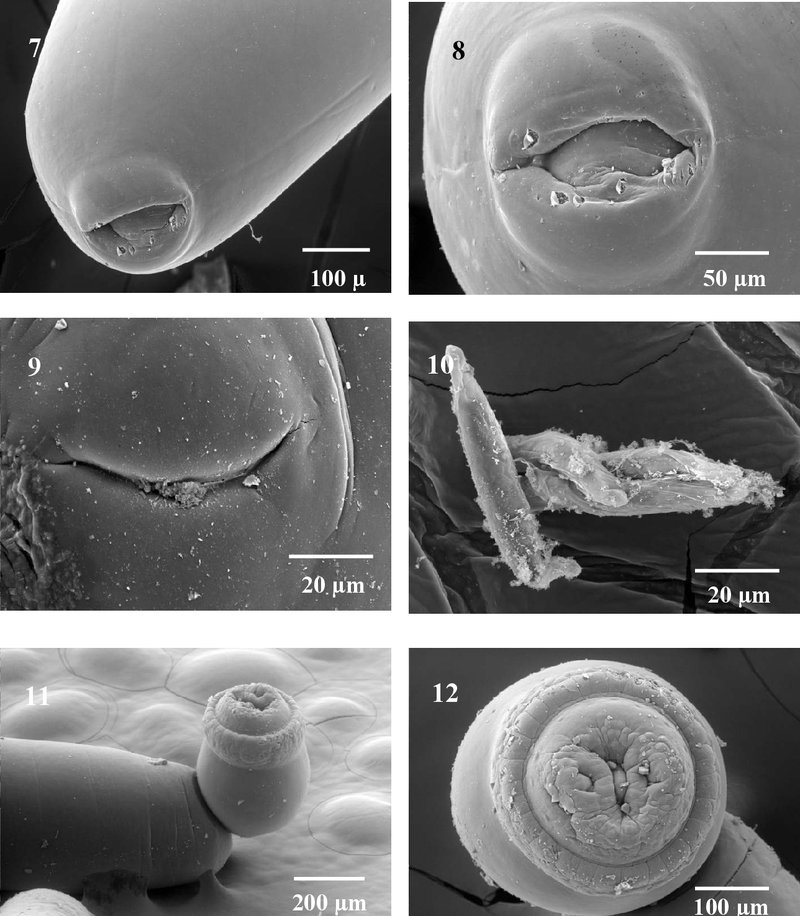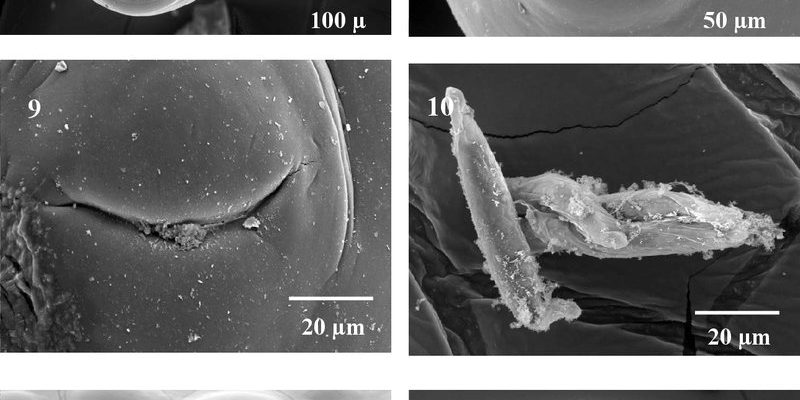
You might be wondering how these odd little organisms fit into the classroom. Well, they can help students understand different biological concepts, like parasitism, host relationships, and even evolutionary adaptations. Using Acanthocephala in demonstrations not only provides hands-on learning but also sparks curiosity. It’s an exciting way to show students the diversity of life and the intricate relationships that exist within ecosystems.
What Are Acanthocephala?
Acanthocephala are a class of parasitic worms characterized by their spiny, thorn-like structures known as proboscis. These little guys can be found in a variety of hosts, primarily in the intestines of vertebrates like fish, birds, and mammals. Each species has its own unique life cycle, but they generally start as eggs, which are then ingested by intermediate hosts, like insects or fish.
Once inside the host, these worms mature and grow their proboscis, allowing them to attach firmly to the host’s gut lining. Think of it like a velcro strap that helps them avoid being flushed out. The exciting part? Acanthocephala have evolved to manipulate the behavior of their hosts, leading to fascinating studies on the interplay between parasites and their hosts.
Why Use Acanthocephala in Science Class?
Using Acanthocephala in school science demonstrations provides a unique opportunity to engage students in various biological concepts. Here are a few reasons why they deserve a spot in the curriculum:
- Hands-On Learning: Investigating these organisms fosters curiosity and critical thinking skills.
- Real-World Applications: Parasitism affects ecosystems and human health; understanding it is essential.
- Interdisciplinary Connections: Topics like evolution, ecology, and even medicine can be explored with Acanthocephala.
These points highlight how Acanthocephala serve as a catalyst for deeper understanding. Instead of just reading about parasitism from a textbook, students can visualize and experience it firsthand.
Setting Up a Demonstration
Now that you’re sold on the importance of Acanthocephala, how do you set up a demonstration in class? Here’s a step-by-step guide to help you get started:
1. Gather Resources: You will need preserved specimens or high-quality images. Check with local universities or biological supply companies for reliable sources.
2. Prepare Materials: Make sure to have equipment like microscopes, petri dishes, and slides if you’ll be examining samples.
3. Outline Objectives: Clearly define what you want students to learn. Are you focusing on the life cycle, characteristics, or the ecological impact of Acanthocephala?
Once you have everything in place, invite the students to engage in discussion. Encourage questions and observations, allowing them to explore their curiosity about these intriguing organisms.
Engaging Students with Acanthocephala
Interactivity is key to keeping students engaged. Here are some activities you can implement during your Acanthocephala demonstration:
1. Microscope Exploration: Let students look at specimens under microscopes, allowing them to see the proboscis and other anatomical features.
2. Group Discussions: After observations, facilitate group discussions where students can share what they found or ask questions.
3. Creative Assignments: Assign students to create posters or presentations on various aspects of Acanthocephala, like their life cycles or roles in ecosystems.
These activities not only make learning fun but also encourage critical thinking and collaboration among students.
Comparing Acanthocephala to Other Parasites
To enhance understanding, it’s helpful to compare Acanthocephala with other well-known parasites. Take, for example, tapeworms and roundworms.
– Type of Host:
– Acanthocephala thrive in vertebrates.
– Tapeworms also target vertebrates, usually living in the intestines.
– Roundworms have a broader host range, infecting both vertebrates and invertebrates.
– Attachment Method:
– Acanthocephala use their spiny proboscis, while tapeworms have unique suction structures.
– Roundworms tend to embed in the tissues or digestive tracts.
This comparison allows students to see the diversity within parasitic strategies and understand why some methods are more effective in certain environments.
Common Questions About Acanthocephala
As you delve into Acanthocephala, your students may have some burning questions. Here are a few common inquiries you might expect:
– How long can Acanthocephala live in a host? Generally, they can survive for several years, depending on the host and the species.
– What happens if a host is infected? The host may experience nutritional deficiencies or other health issues due to the parasite’s feeding habits.
– Are these parasites harmful to humans? Most Acanthocephala target non-human hosts, but understanding their life cycles can give insight into disease dynamics in ecosystems.
Encouraging these questions can deepen their understanding and spark even more interest.
Reflection on Acanthocephala and Science Education
Using Acanthocephala in school science demonstrations offers a unique glimpse into the complex world of parasites and their hosts. It’s a chance for students to connect with nature in an educational setting, moving beyond textbooks to real-life examples. Imagine students leaving the classroom with not just facts but a genuine interest in biology. That’s the goal.
As educators, fostering curiosity is key. By incorporating Acanthocephala into your lessons, you’re not only teaching about a specific organism but also about broader ecological concepts and the importance of biodiversity. So, give it a try! Your students just might discover a newfound passion for science.
In the end, the world of Acanthocephala is as intricate as it is fascinating, and bringing it into the classroom might just open doors to endless learning opportunities.

